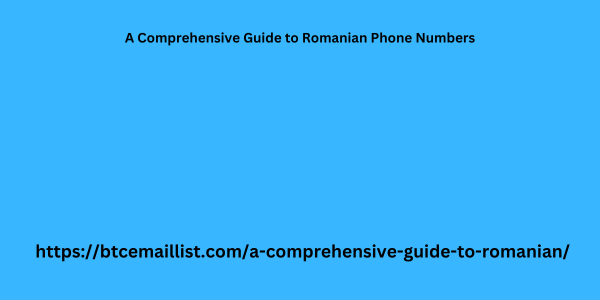Demystifying the “12 Lead Generator Diagram”: Unveiling the Lead Generation Process
In the dynamic world of marketing and sales, encountering ambiguous terminology can be a roadblock. “12 Lead Generator Diagram” might sound like a specific blueprint, but the reality is more nuanced. This article dives into the potential interpretations of this phrase and explores a comprehensive lead generation process you can visualize through a customized diagram.
Understanding Context is Key
The meaning of “12 Lead Generator Diagram” hinges on the context in which it’s used. Here are some possibilities:
A Specific Tool or Template: It’s unlikely, but there might be a specific software or service offering a pre-designed “12 Lead Generator Diagram” outlining a lead generation process with 12 steps.
Miscommunication or Typo: There’s a chance of a misunderstanding or mistake. The intended term could be “lead generation funnel diagram” or a customized diagram tailored to a specific industry or lead generation strategy.
A Placeholder or Example: The number “12” could be a placeholder representing a general lead generation process with various touchpoints. The emphasis might be on the visual representation, not a specific number.
Beyond the Enigma: Crafting Your Lead Generation Process Diagram
Since the exact meaning of “12 Lead Generator Diagram” remains unclear, let’s explore how to create your own comprehensive lead generation process diagram, adaptable to various industries and marketing strategies.
Visualizing the Journey: Key Stages of Lead Generation
A lead generation process diagram typically outlines the various stages a potential customer goes through, from initial awareness to becoming a paying client. Here are the core stages to consider incorporating:
Attract: This stage focuses on grabbing the attention of potential customers. Utilize content marketing, social media engagement, SEO optimization, and targeted advertising to reach your ideal audience.
Engage: Once you’ve attracted The Double-Edged Sword potential customers, nurture their interest. Offer valuable content, provide educational resources, and establish yourself as a trusted advisor through informative blog posts, webinars, or social media interactions.
Convert: Guide interested leads towards a desired action, such as downloading a white paper, subscribing to a newsletter, or scheduling a consultation. Use clear calls to action (CTAs) and create landing pages designed for conversions.
Nurture: Don’t neglect leads who haven’t converted yet. Implement lead nurturing campaigns with targeted email sequences, personalized content delivery, and retargeting tactics to stay top-of-mind and continue fostering relationships.
Close: For qualified leads who express interest. Guide them through the sales process
Address their specific needs. Showcase your product or service’s value proposition. And offer compelling closing arguments.
Customizing Your Diagram:
While the core stages provide a B2B Lead Generation Statistics: Key Insights for Success foundation. Customize your diagram to reflect your specific marketing strategy and industry. Consider incorporating:
Industry-Specific Touchpoints: For example. A real estate agent might include stages like “virtual property tours” or “open house invites” within the “Attract” stage.
Number of Touchpoints: The precise number of touchpoints within each stage can vary. Focus on outlining the essential interactions that nurture leads and move them through the sales funnel.
Marketing Channels: Illustrate the diverse marketing channels used to reach and engage potential customers. This might include social media platforms. Email communication. Website interactions. Or paid advertising channels.
Beyond the Static Image: A Dynamic Process
Remember. A lead generation process is not a linear progression. Leads might revisit stages or require additional nurturing before converting. Utilize marketing automation tools to automate workflows. Personalize communication. And track lead behavior to optimize your strategy for efficiency and effectiveness.
Utilizing the Diagram for Success
Your lead generation process diagram serves as a valuable visual roadmap. It enables you to:
Align Your Team: Share the diagram with your marketing and sales team to ensure everyone is on the same page about the lead generation process.
Identify Gaps: Review the diagram regularly to identify potential gaps in your strategy. Are you neglecting a crucial nurturing step? Is there a lack of engagement in a specific stage?
Optimize Your Strategy: Utilize data and analytics to refine your lead generation process. The diagram can serve as a starting point for continuous improvement.
The Final Word: Unmasking the Opportunity
While the specific meaning of “12 Lead Generator Diagram” remains a mystery. The takeaway is clear: a well-defined lead generation process is vital for business growth. By building a customized diagram that outlines your unique strategy and incorporating the core stages of attract. Engage. Convert. Nurture. And close. You can visualize. Streamline. And optimize your efforts for lead generation success.





